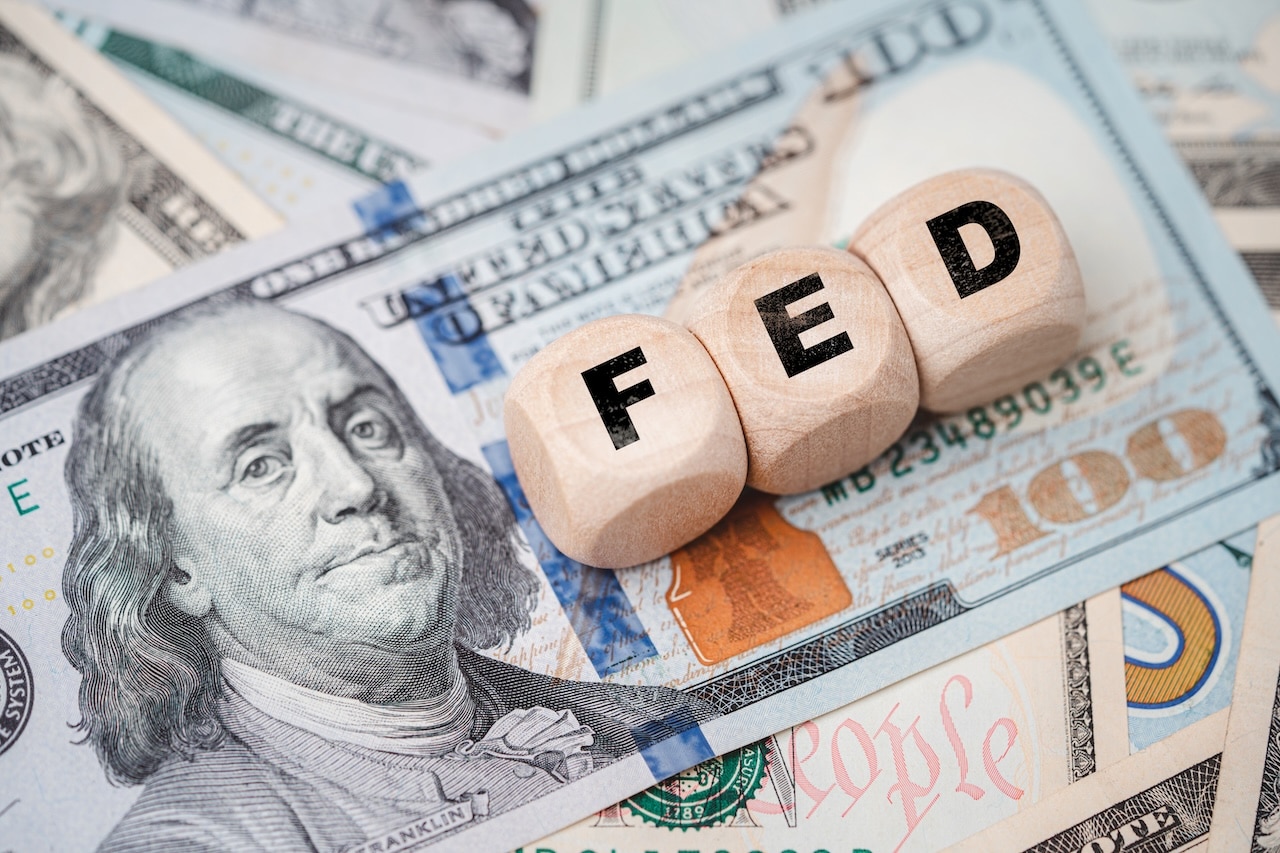Credit Sesame’s personal finance weekly news roundup May 13, 2023. Stories, news, politics and events impacting the personal finance sector during the last week.
- Consumers continue to pile on debt
- Pandemic savings quickly being depleted
- Survey shows troubling signs for the economy
- Fed study reveals financial risks
- Inflation continues to linger
- Producer prices trail consumer prices
- CFPB warns against banks reopening closed accounts
1. Consumers continue to pile on debt
Newly-released figures from the Federal Reserve show that non-mortgage consumer debt hit a new record high in March. Consumers now owe a total of $4.85 trillion in non-mortgage debt. This includes credit card balances, auto loans, student loans and personal loans. Credit card debt continues to grow at a faster pace than other forms of debt. Revolving credit, which is mostly credit card debt, grew at an annual pace of 12.3% in March, compared to 3.1% for nonrevolving credit. U.S. consumers now owe nearly $1.24 trillion in revolving debt. This is of particular concern because credit cards are an especially expensive source of debt. See details at FederalReserve.gov.
2. Pandemic savings quickly being depleted
A new study by the Federal Reserve Bank of San Francisco showed how consumer behavior during and after the pandemic-sparked recession of 2020 has differed from previous recessions. Normally, when a recession hits consumers become more cautious about spending and gradually build up savings. Typically, it takes three or four years after the start of a recession before consumers start to spend down those extra savings. However, the extreme amount of Federal aid distributed when the 2020 recession hit seems to have sparked a different pattern. While that aid allowed consumers to build savings much faster than usual, they have since started spending down their savings much more quickly than following past recessions. So, while consumers accumulated $2.1 trillion in extra savings in 2020, they’ve already spent down $1.6 trillion of that amount – and that’s without factoring in the rapid build-up of consumer debt over the past year. See Economic Letter at FRBSF.org.
3. Survey shows troubling signs for the economy
The latest Survey of Consumer Expectations from the Federal Reserve Bank of New York shows that consumers expect trouble ahead, but aren’t moderating their spending plans enough to adjust. While the inflation expectations for the next year fell by 0.3% to 4.4%, this is still a high rate of inflation. Notably, that expected inflation rate is higher than the 3.0% earnings growth consumers expect in the year ahead. Meanwhile, consumers expect household spending to increase by 5.2% over the next year. While this estimate is lower than the 5.7% expected spending growth in the prior month’s survey, it still exceeds expectations for both inflation and wage growth. That would suggest continued depletion of savings and/or build-up of debt. See survey summary at NewYorkFed.org.
4. Fed study reveals financial risks
The Federal Reserve released its latest “Financial Stability Report.” It noted that the problems that led to recent bank failures may still exist at some other banks. However, the report states that overall, U.S. banks have ample liquidity to meet demands. In contrast, it mentioned that other short-term asset vehicles may be vulnerable to large redemptions by customers. These vehicles include money market funds, other cash investment securities and stablecoins – some of the same vehicles customers who fled banks have turned to with their deposits. See Financial Stability Report at FederalReserve.gov
5. Inflation continues to linger
The Consumer Price Index (CPI) rose by 0.4% in April, bringing the inflation rate for the past twelve months to 4.9%. While this is an improvement from the peak inflation rates from last year, it is still well above the Federal Reserve’s target of 2.0%. Housing costs were the biggest contributor to the CPI’s rise in April. Food costs remained unchanged for the second consecutive month, while energy costs rose after declines in four of the previous five months. Core CPI, which excludes the volatile food and energy sectors, was up by 0.4% in April, the same amount as overall CPI. For the past twelve months, core CPI has risen by 5.5%. See Consumer Price Index summary at BLS.gov.
6. Producer prices trail consumer prices
The day after releasing the latest CPI update, the Bureau of Labor Statistics released April figures for the Producer Price Index (PPI). This showed that prices at the wholesale level are rising more slowly than at the retail level. The PPI was up by 0.2% in April, compared with 0.4% for the CPI. For the latest twelve months, the PPI was up by 2.3% compared with 4.9% for the CPI. See details at BLS.gov.
7. CFPB warns against banks reopening closed accounts
The Consumer Financial Protection Bureau (CFPB) has issued a warning that some banks may be violating federal law by assessing fees to customers after their accounts have closed. Banks are allowed to require a waiting period after a customer initiates account closure, during which time the bank can assess any outstanding fees. Banks can even require customers to settle any negative balances before the account is closed. However, the CFPB says that in some instances banks have gone too far by reopening accounts without a customer’s consent in order to charge additional fees. See advisory from ConsumerFinance.gov.




















